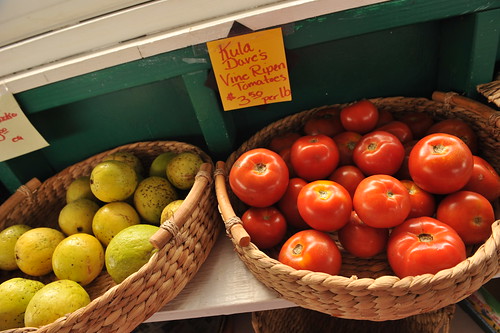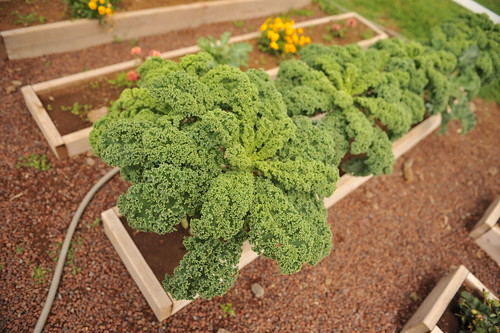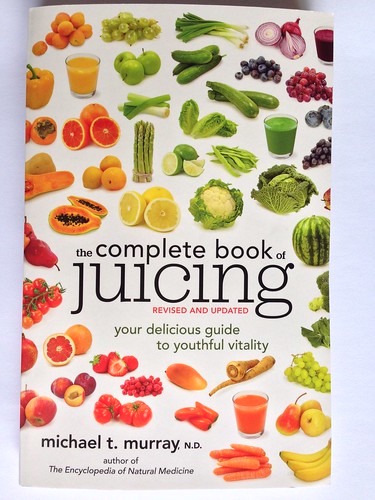Whether you’re a veteran juicer or a complete juicing newbie, there’s something for you in The Complete Book of Juicing by Michael Murray. Originally published in 1992, a new and revised edition came out this month. I’m usually a sucker for big glossy beautiful pictures in my cookbooks, and there are none here, but I’m still in love with this book. It gives me such a good mental picture of vegetables and fruits that I don’t even miss the photos.

You are going to want to buy local berries, Photo by Sean Hower
Author Michael Murray is a naturopathic doctor, and he takes time in the first few chapters to explain the composition of your fruits and vegetables. It’s real food-is-medicine stuff, but easily digested. He breaks down the myths of pre-bottled fruit juices that are sweetened, and compares the vitamin contents in charts between fresh and processed juices. Murray goes on to describe the nutrients that are in different fruits and vegetables, and where those are lost in cooking, pasteurizing, processing and packaging.
I never heard of glutathiones before reading this book. It’s a small protein, made of amino acids, that helps your body eliminate pesticides and solvents. You can only get it from fresh fruits and juices. Consumption of fresh veggies and fruits help fight aging, flush cells of toxins and keep the body full of the nutrients it needs and cannot get from vitamin pills.
Photo by Sean Hower
After reading the first few chapters, your primer on healthy properties of vegetables and fruits and why you want to eat them fresh, will be completed and your mouth will salivate over the thought of drinking a glass of fresh juice. In Chapter Four, Murray weighs the properties of the different kinds of juicers. Yes, there is more than one kind! The best kind really comes down to your budget and how much you are planning to juice, with Breville juicers being the most popular in the market.

Dave’s Tomatoes, Photo by Sean Hower
Chapter Four also touches on why it’s important to buy local and organic produce. Murray gives stats like how the Environmental Protection Agency estimates 1.2 billion pounds of pesticides are sprayed onto food crops every year. The best way to lower your consumption of these pesticides is to buy organically grown produce.

Local Kale, Photo by Sean Hower
Murray’s book also includes an appendix that provides a chart compiled by the Environmental Working Group that evaluated average pesticide contamination for 48 fruits and veggies, rating them highest to lowest in contamination. I was surprised to find that celery, spinach and bell pepper are among the highest contaminated veggies. For fruits, buy local organic berries over standard sprayed ones–their skins retain a lot of pesticide residues.
Chapters Five and Six break down the different fruits and vegetables with different recipes and the health benefits specific to each. Chapter Seven features “Seventy Fabulous Juice Recipes” like Popeye’s Power Drink, Orange Aid and Mike’s Favorite (it really is the author’s favorite). Chapter Eight talks about “Juice as Medicine” and gives juice recipe recommendations according to affliction, like arthritis, indigestion and headaches.
Chapter Nine tells you how to make it through a juice-fast, a serious regimen given for Murray’s
“Seven Day Total Nutritional Cleansing Program.” He even provides guidelines on how to break the fast gently for your digestive system. By Chapter Ten, you’re ready to juice for weight loss.
Murray ends the book with common questions often asked about juicing: Can I freeze juice? Can I feed it to infants? How much should I drink per day? That chapter ends with a simple chart of acid bases of foods. The body should have a higher intake of alkaline-producing foods than acid-producing foods, measured by the acid load to the kidneys.
If your 2014 New Year’s Resolutions have anything to do with body health, this book should be on your reading list.

